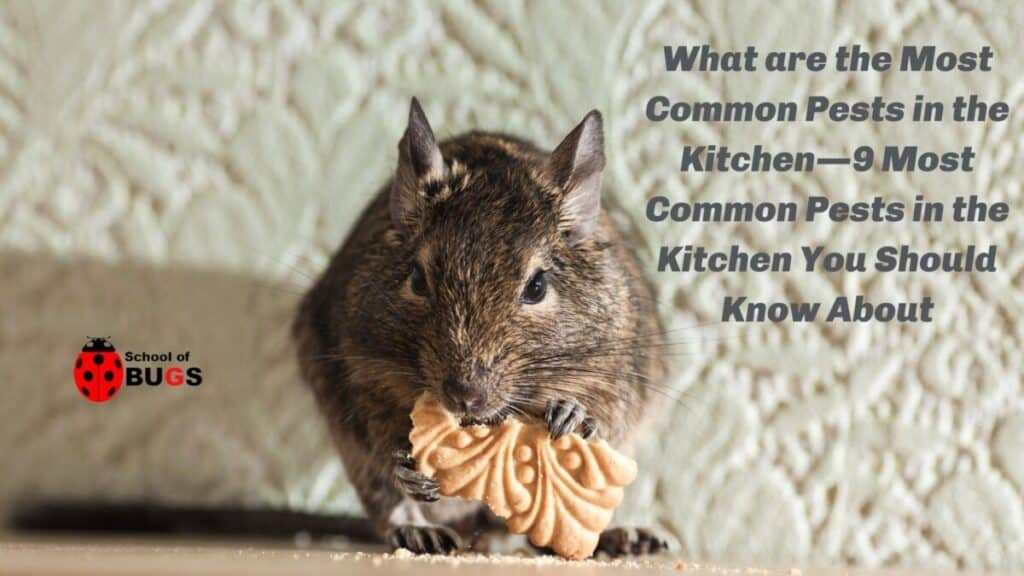
Your kitchen is like Disney World or Universal Studios for pests. It’s full of good food, plenty of hiding places, water, and moist, dark environments. It’s everything a bug dreams of the moment it emerges from its egg (or oothecae for certain, familiar pests).
Unfortunately, pests aren’t just defined by bugs and some pests don’t come from an egg. Rodents are common in kitchens as well.
Why not? It’s the best seat in the theater. It’s the front row at an all-you-can-eat buffet. So what pests are we talking about here and how bad can they get?
9 Common Kitchen Pests for a Quick Read
- Cockroaches
- Rats
- Mice
- Flies
- Ants
- Weevils
- Silverfish
- Beetles
- Drain Gnats
1. Cockroaches
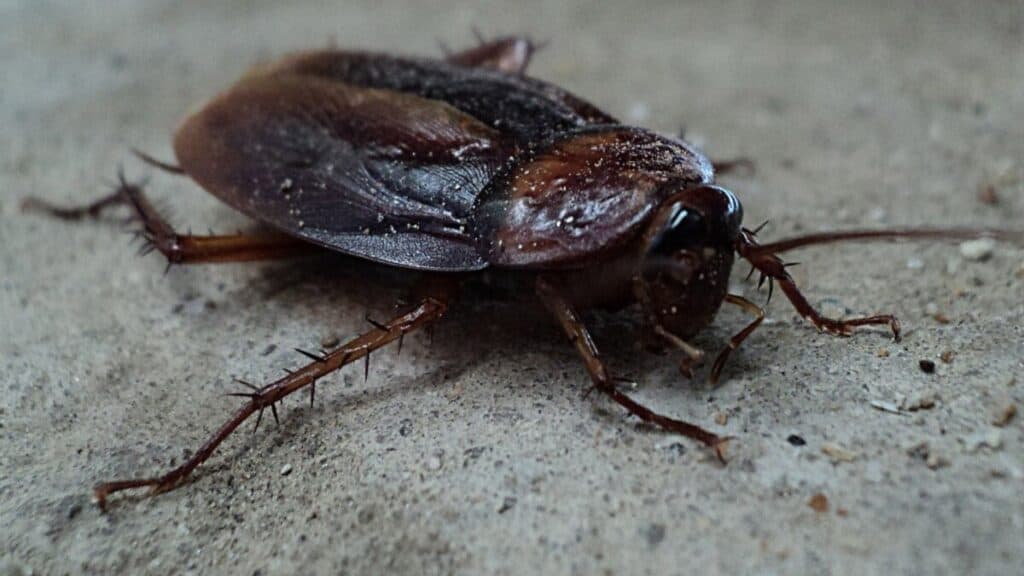
When people think of pests in the kitchen, the cockroach is usually number one on the list or it’s very close.
In America, the most common cockroaches are German Cockroaches. They’re very small and they reproduce at a staggering rate. However, they are only one of four common cockroaches.
The German Cockroach
The most common of the four, German roaches are about ½” in length and a female German roach (of which there are usually many), will lay 7 to 8 oothecae in their lifetime, which is only a few months. Each oothecae holds about 48 eggs.
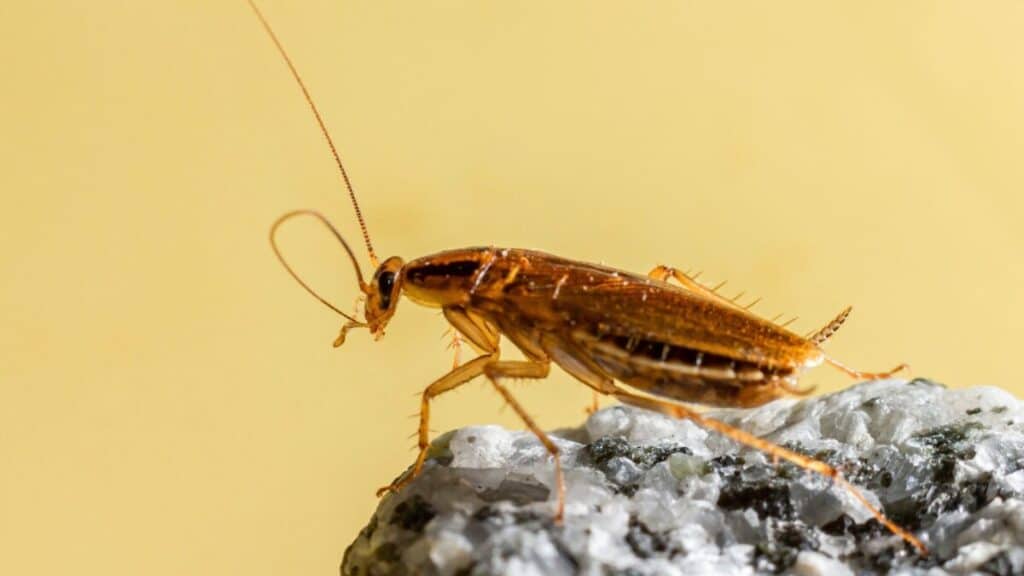
A German Cockroach intrusion into your kitchen may start out small but the level of reproduction is mind-blowing and they will take over your kitchen faster than you can imagine.
The American Cockroach
The largest of the four, the American Cockroach is the most feared, since it glides around the house with giant, loud-buzzing wings.
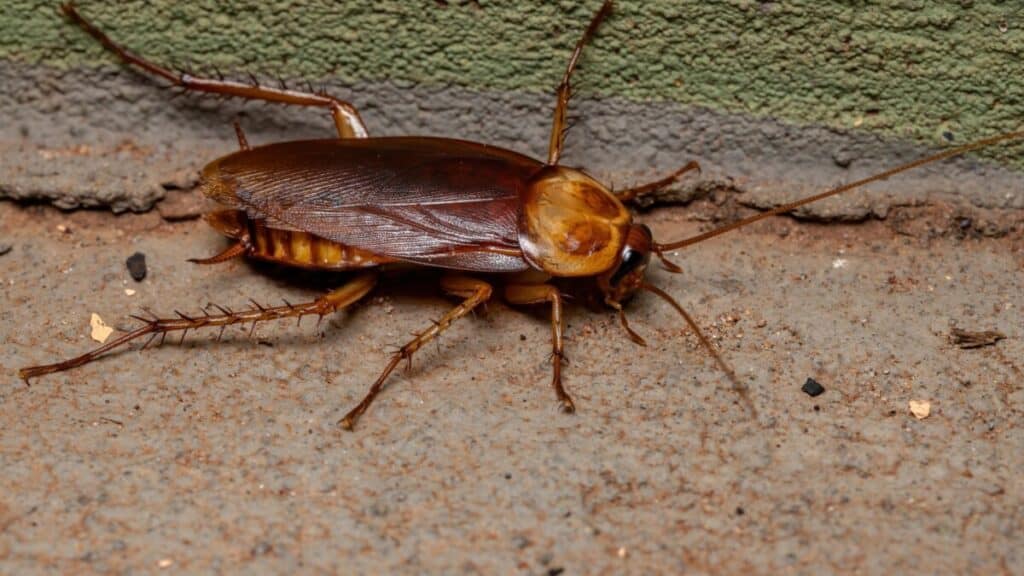
The fact that an adult is roughly 2” long doesn’t help. A female can lay up to 14 oothecae in her lifetime, with 16 eggs per sack.
Brown-Banded Cockroach
Almost as small as the German Cockroach, the Brown-Banded variation has yellowish/brown bands on its wings. Brown-banded cockroaches love starch, so you will find them in your cabinet far more often than under your sink.
Oriental Cockroach
The second largest of the four, the Oriental grows to about 1 and ¼” in length. They are almost pure black and have shorter wings.
Unlike the other four, Orientals prefer cool areas, so they are more likely to populate the area under your sink.
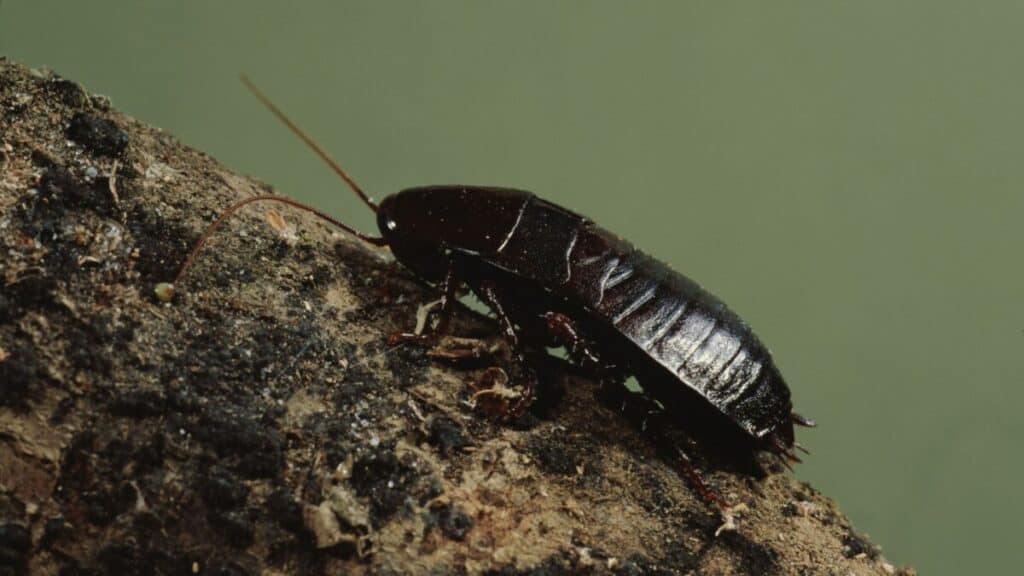
Getting rid of cockroaches can be a laborious task and if you are heavily infested, you may need the help of a pest control service. First and foremost, clean every surface, under the cabinets, inside your dresser, and on all of your floors.
Roaches don’t prefer clean-smelling environments. Then start removing anything and everything they would be attracted to. Seal up all of your dried goods and never leave out dirty dishes or an open, accessible garbage can.
2. Rats
Down south, they have mice. Up north and out west, it’s rats. Rats are larger than their mice cousins and they leave very noticeable signs of their presence.
Like mice, they chew through everything. They will chew through your walls, your cabinetry, and the cardboard boxes you have in the pantry.
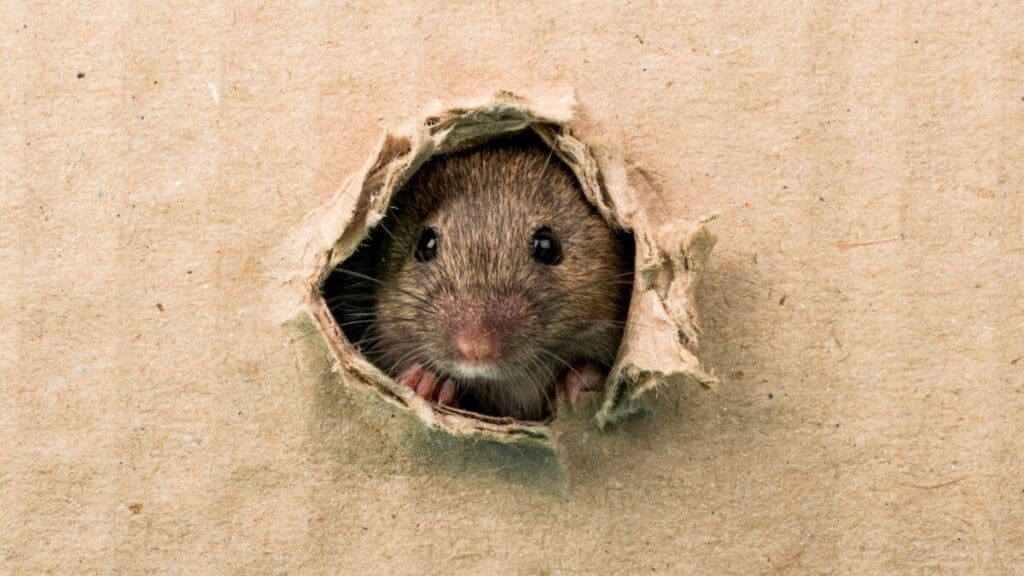
They’ll chew through the wiring in your walls, attic, and cellar (assuming you have one). They’re very easily spooked so it’s a rare occurrence to sight one.
If you do see one, you probably have a nasty infestation going on because the population is heavy enough that the odds increase you will spot one.
You’ll hear them in the walls as well, and they will leave tiny, cylindrical feces behind your cabinetry, couches, recliners, and even in your dresser, where they will chew your clothes into mulchy, nesting material.
To counter them, you have to remove all sources of water and food. Bait and trap them. Locate every hole they’ve chewed and stuff it with wiry brillo pads before you seal it up. If you use poison, it’s important to realize that one or more may die in your walls.

If that happens, the smell will be nearly unbearable until you can find it and remove it. Often enough, that means tearing holes in your walls that you will have to patch up and repair later.
3. Mice
Everything you read about the rats above holds true for mice. The only difference is, mice are faster and far more elusive. They do all the things that rats do on a smaller scale. However, don’t confuse “smaller scale” with “less destructive.”
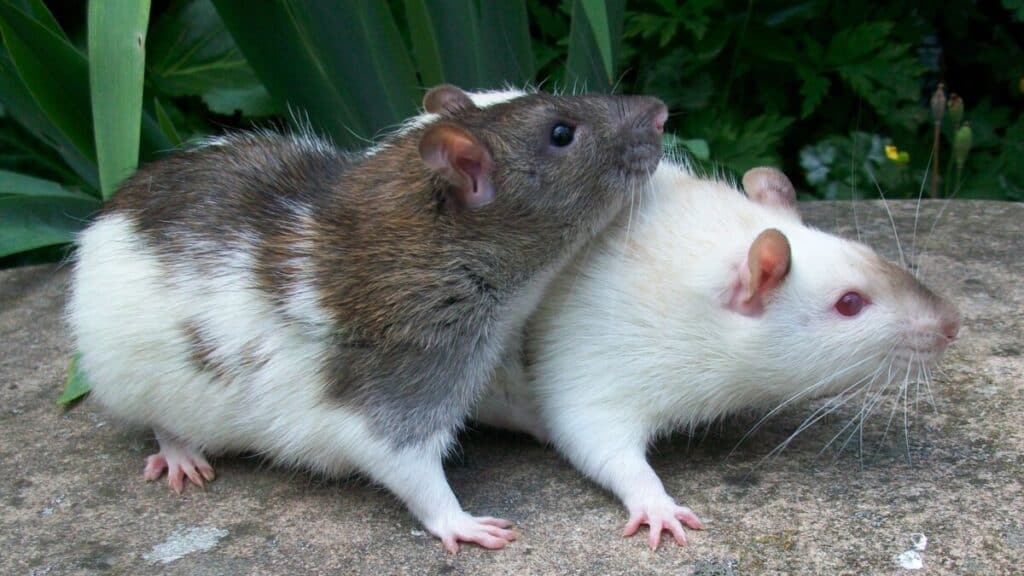
Like rats, if you see a mouse, the odds are that you are already dealing with an infestation and this isn’t a one-off occasion.
4. Flies
Almost always problematic when the late spring and summer months arrive, flies can quickly take over your kitchen.
One of the easiest ways they infiltrate is through your garbage container. If your garbage bag has ever leaked into the container, it only takes a fly or two to produce maggots.
The maggots become flies and the cycle of life turns into an area thick with flies. It can happen in a hurry so it’s best to head it off as soon as you notice a fly or two buzzing around in the kitchen.
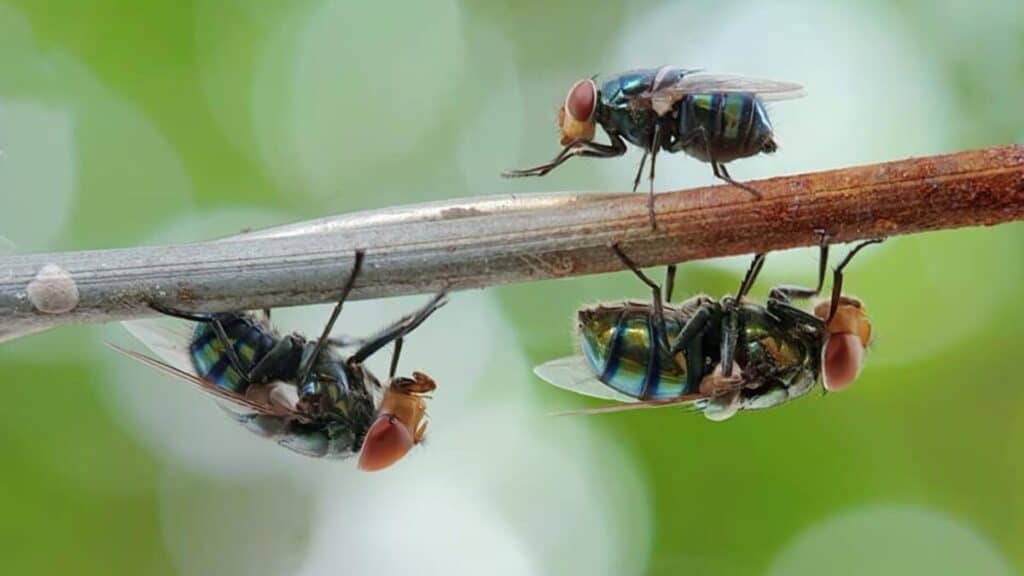
Flies are only after food so thoroughly cleaning every surface is a must, including areas that are hidden. Dry goods crumbs in the pantry are more than enough to create a fly issue. As is the aforementioned garbage problem.
Fortunately, flies are a little easier to deal with. Remove the source and they will happily see themselves off.
5. Ants
They’re called OHAs or, Odorous House Ants (at least OHAs are the most common) and they will create a narrow path all the way across your kitchen floor, up the cabinetry, and to the source of food.
Ants are nothing if not industrious and they’ll transport food through their little ant-made chain gang.
If ants believe that there is an indefinite source of food available, they’ll start building nests within your home’s infrastructure.
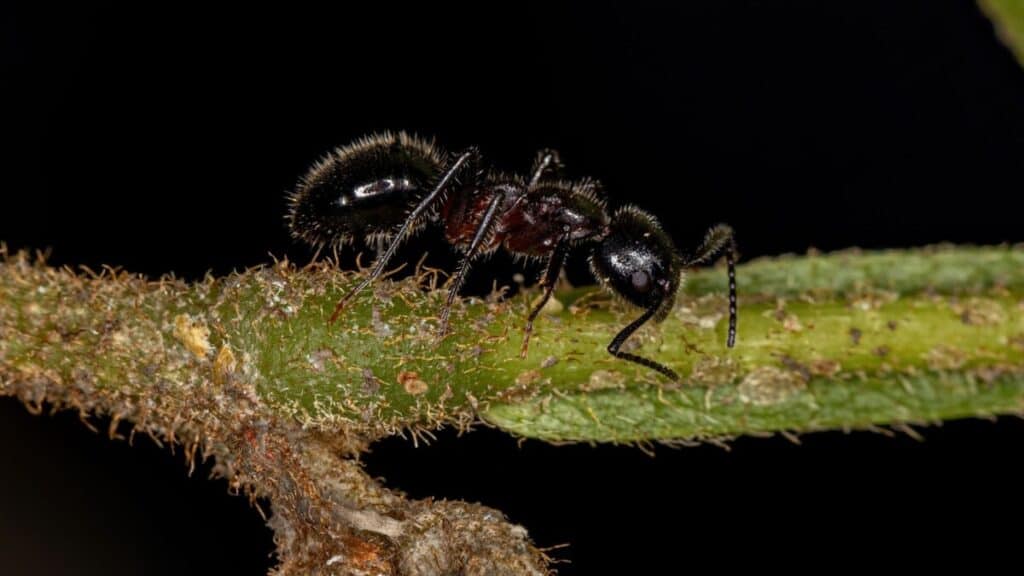
They’ll also start building mounds close to their access points. Like flies, they will self-deport from your domicile if you remove the source that’s attracting them.
The best way to deal with them is through routine cleaning, improved food storage, and pesticides.
6. Weevils
These little creatures look evil, though they are generally pretty harmless. There are three types of weevils—boll, black, and bean. Unlike ants, flies, and mice, weevils typically target one source and attack it all at once.
If you can identify the thing that is attracting them and eliminate it, it’s easy enough to spray and kill the rest.
Weevils often infiltrate homes because we bring them in through home deliveries. They’ve already infested a product and we walk them through the front door without realizing it.
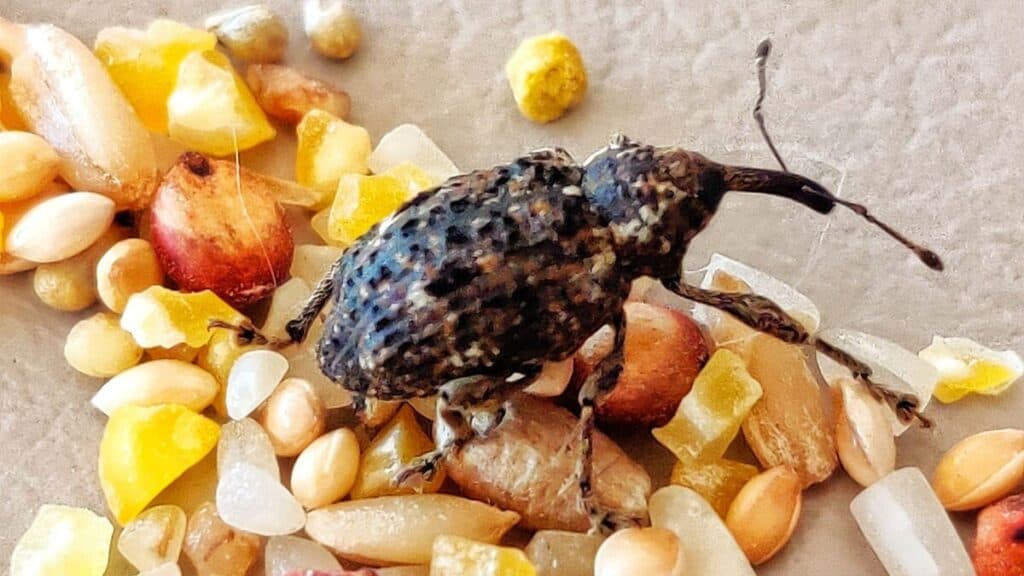
They often go after dried goods in the pantry as well. Weevils aren’t as attracted to wet foods that have been left out or leftover scraps on a plate. They want rice, pasta, and anything else you have in your pantry along those lines.
One of their favorites is dried herbs. It’s very easy to get dried herb crumbs in your pantry. Sometimes, it’s the simple act of setting a dried herbs container on the shelf, and a few crumbs fall down.
7. Silverfish
Silverfish are tiny little bugs with elongated bodies, almost like a centipede just nowhere near as long. They’re not dangerous in terms of stinging or bites but they can be a trigger for allergies and become an unnerving infestation around your sinks.
They can cause damage over time, mostly by contaminating your food products. Chemical baits are one of the quickest ways to get rid of them, along with removing all of the things attracting them, to begin with.
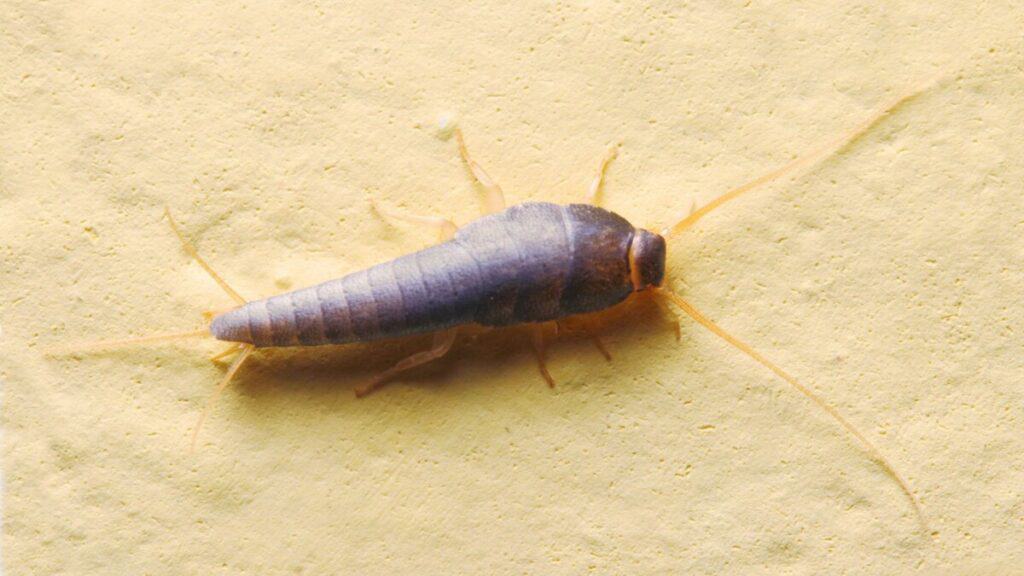
Unfortunately, the easiest method can often take weeks or more to take effect. That’s because silverfish can go a very long time without eating. As attractive as your chemical bait may be, silverfish may not go for it for weeks at a time.
Getting rid of them requires patience. Eventually, they will take the bait and start dying but don’t be surprised and think that your bait is not working. It just needs time.
8. Beetles
Beetles love dry goods, wood, and fabrics. Not necessarily in that order either. Beetles also come in a variety of shapes and sizes, so it’s often difficult to know if you’re dealing with a one-off sighting or a budding infestation.
Fortunately, beetles are typically slow and clumsy. A good shop-vac will do the trick for most of them. As with just about any kind of infestation, the first thing you need to do is thoroughly clean everything.
Beetles are attracted to areas where they will find the things they need to survive and also contain water. Beetles are fiercely attracted to lights.
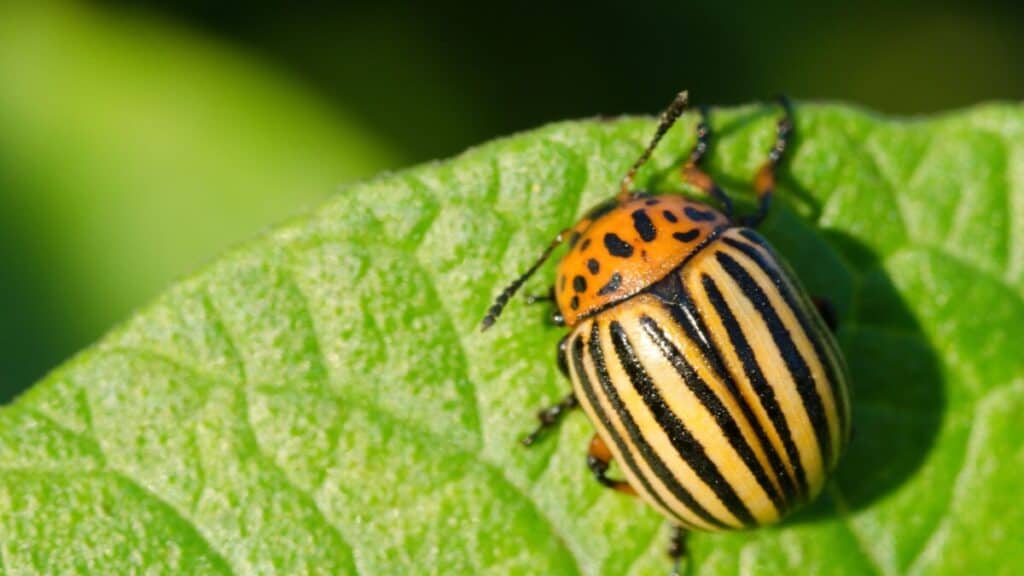
If you open the front door and there is a bright light on the other side, beetles are likely to enter the room with you.
Beetles love carpet but not necessarily the carpet you have on your floor. Clean out your closet and remove any old placemats or carpets that you have around the house.
Check your folded towels as well and make sure they are clean and there are no beetles hanging about.
9. Drain Gnats
These little creatures are some of the most annoying bugs to come across. They live inside your sink and bathtub drains and, whenever you turn the water on, they come pouring out in thick swarms, lighting on everything.
They’re very tiny and they reproduce very rapidly. One or two in your drain will turn into fifty before you know it. They despise all things hydrogen peroxide, apple cider vinegar, and baking soda.
Pour half a cup of any one of these into the drain to eliminate the drain gnats quickly. Don’t run the water right after you do, as it will wash the chemical away before it has a chance to do its job.
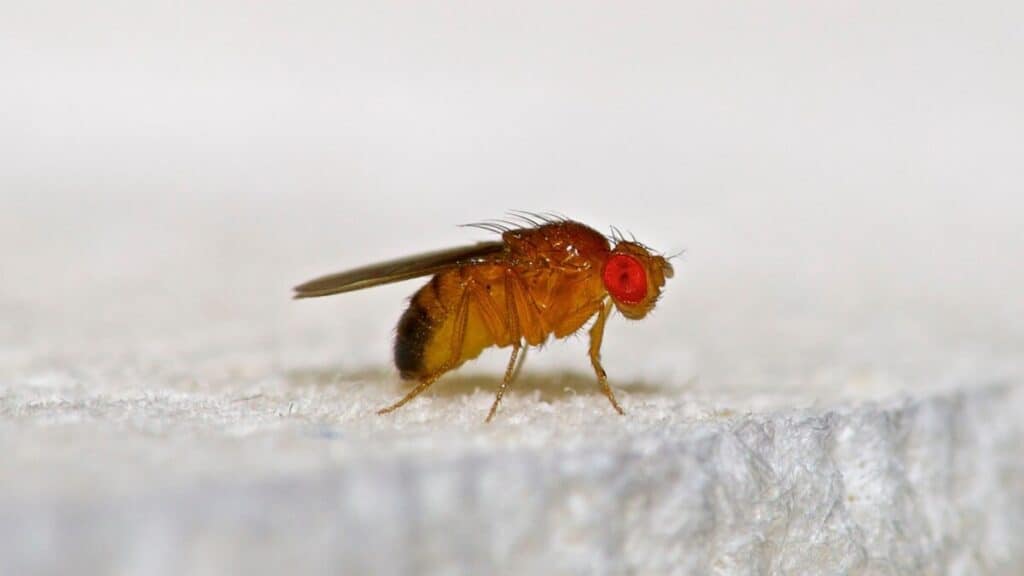
You can combine hydrogen peroxide and baking soda together as a more effective option. It will bubble in your drain while creating a tiny amount of choking gas that will suffocate the drain gnats as they attempt to flee.
Give it about ten minutes and rinse everything down with hot water. If there are still some survivors left over, repeat the process as many times as necessary to kill the rest.
Bottom Line
The above 9 are some of the most common critters and bugs you will find in your kitchen. The kitchen has everything they need, after all, unless you thoroughly clean up behind yourself.
It’s a good idea to use Tupperware to seal your opened dry goods and be sure to keep everything wiped down and clean.
Alright, that’s it for this article, here are a few hand-selected articles that you might also find interesting reads:
Which Pests can Peppermint Repel?How to Get Rid of Tiny Grey Bugs in My House (And What are They?)
Does Roach Spray Kill Bedbugs? The Quick Answer
Recent Posts
Tiny Black Bugs in Bathroom NO WINGS: What They Are and What to Do!
Finding tiny black bugs in your bathroom can be uncomfortable, to say the least. Especially if they are persistent, or they appear in very large numbers, which they often like to do. When it...
Tiny Black Bugs in Plant Soil - What Are They & What To Do About It
A short horror story: You get a new houseplant. You do your best to take care of it. You’ve ensured that it has the right soil, the right amount of sun, it gets enough water. And then one day, you...

